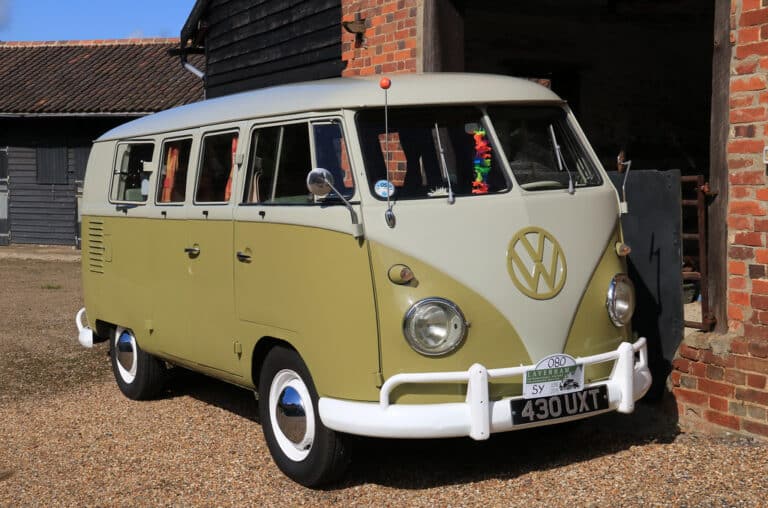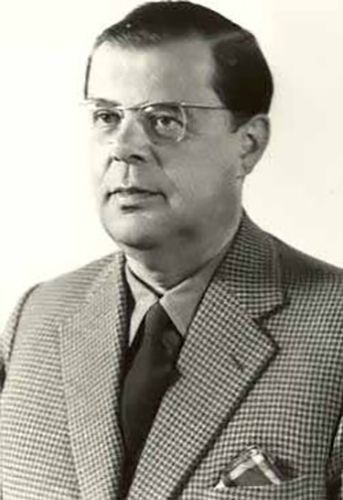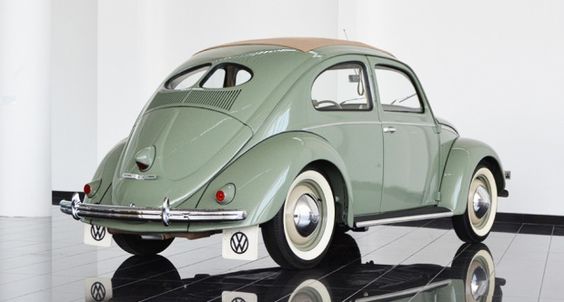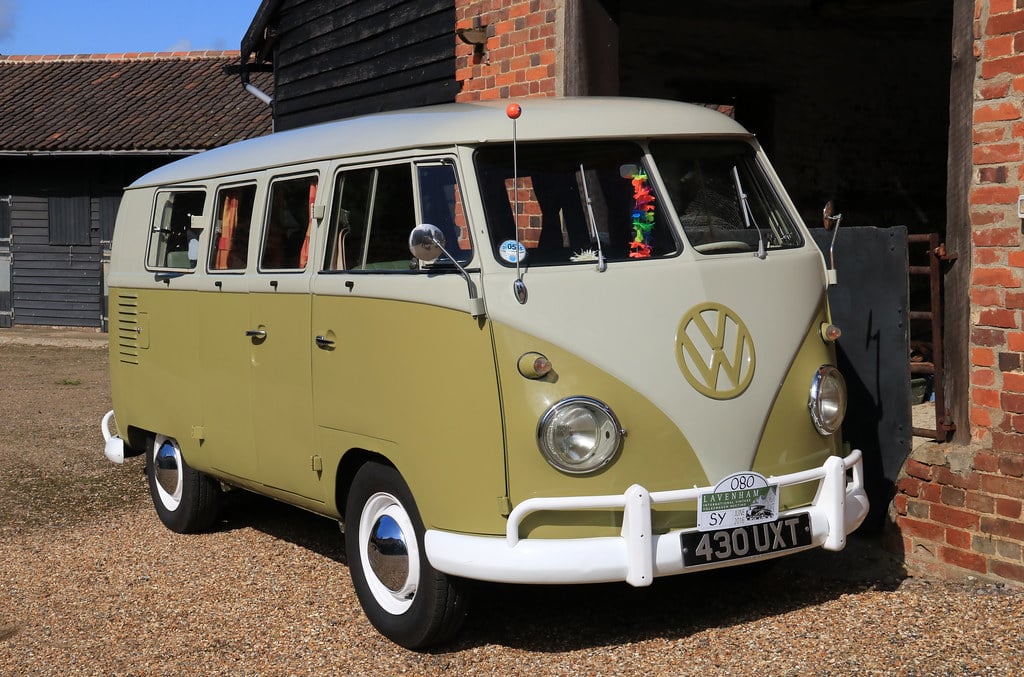Where did the vw splitscreen design originate?
The vw splitscreen design was the brain-child of Ben Pon. He was a Dutch car trader who visited the Volkswagen factory in Wolfsburg, Germany, in 1946. He had a vision of developing a utilitarian vehicle that could help in the recovery of post-war Europe. He sketched the ideas for the Volkswagen Type 2, also known as the Volkswagen Transporter or the Volkswagen Bus, which was introduced in 1950.
The Volkswagen Type 2 design was put together to be a reliable, efficient, and affordable work vehicle. The early models were nicknamed the “Splitscreen” due to their distinctive two-piece windscreen.
They were produced until 1967 and have since earned a place in the hearts of millions worldwide as an iconic vehicle.
After World War ll, Germany needed a reliable and affordable means of transportation to rebuild its country, and the Volkswagen Type 1 or “Beetle” was born. It quickly became a symbol of the
 German economic miracle, and its success led to the development of the Type 2.
German economic miracle, and its success led to the development of the Type 2.
The Volkswagen Bus quickly became popular as it was used for everything from commercial transport to family holidays.
The Volkswagen Splitscreen culture is the community of enthusiasts and owners of Volkswagen Type 2 vehicles. The Splitscreen was not only a functional vehicle, but it was also affordable, easy to maintain, and
versatile, making it an instant hit.
The Splitscreen culture began in the 1960s when young people started to use the Volkswagen Bus for road trips, protest rallies and adventurous camping trips. These vehicles were perfect for the hippie movement, and their unique designs and vibrant colors represented peace, love and freedom.
Today, the Volkswagen Splitscreen culture has evolved into a global community of passionate Volkswagen Type 2 owners, with many clubs and events worldwide. They celebrate the heritage of Volkswagen and the unique history of the Splitscreen.
Enthusiasts often customize and modify their vehicles to reflect their own personalities. Modifications include lowering or lifting the suspension, fitting larger wheels and tyres, and upgrading the engine to improve performance. This has given birth to a community of Dubbed out vehicles, shows and festivals to celebrate the badge.
Classic VW restoration is also incredibly popular, with many owners
taking great care to restore their Splitscreen buses to their original condition.







